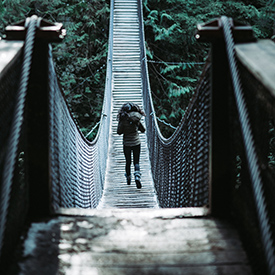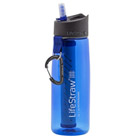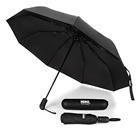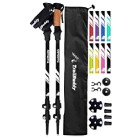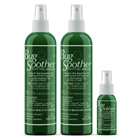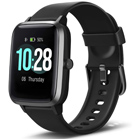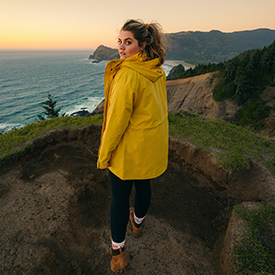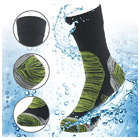LATE SPRING – May to June
The season for the West Coast Trail starts right at the brink of summer, in May. While the temperatures are warming up, this is the coolest and rainiest period of the trail’s season. The damp conditions can make these temperatures feel a bit colder. That’s why layers are key. Wearing a warm fleece and quick-drying t-shirt under a durable rain jacket will be your best bet. If you are feeling extra chilly, a pair of thermal pants under your hiking pants can give extra warmth, especially at night. Always pack a pair of touch screen sensitive gloves and waterproof socks to keep extra warm. The average temperature is around 51 degrees Fahrenheit, with an average temperature range from 44 to 57 degrees.
SUMMER – June to September
These months will bring the warmest temperatures along the trail. June is still a little cool and wet. July and August will be the warmest and driest. This is when you have the most flexibility in your outfit choices. Convertible hiking pants are key for total leg protection. Whether it’s the strong sun or from a random rain shower, these pants will keep you comfortable. Also, lightweight UV-protected t-shirts are awesome. For days on the beach, you can even wear athletic shorts with stylish hiking sneakers and sporty sunglasses. Don’t forget your travel towel in case you decide you’d like to feel the water. Temperatures average around 58 degrees Fahrenheit, but you can see days as warm as 65 degrees and as cool as 50.
EARLY FALL – September
The latter part of the West Coast Trail season is where the rain starts to kick back up again. You should definitely wear your quick-dry hiking pants and a rain shell. Underneath, you should keep it light with activewear t-shirts and moisture-wicking underwear. With these layers, you will stay dry during random downpours, while also being able to enjoy the warm sun. A sturdy pair of hiking sneakers with waterproof socks will keep your feet happy and dry. Luckily, temperatures do not change much from summer – you will experience temperatures from 48 to 64 degrees Fahrenheit.




